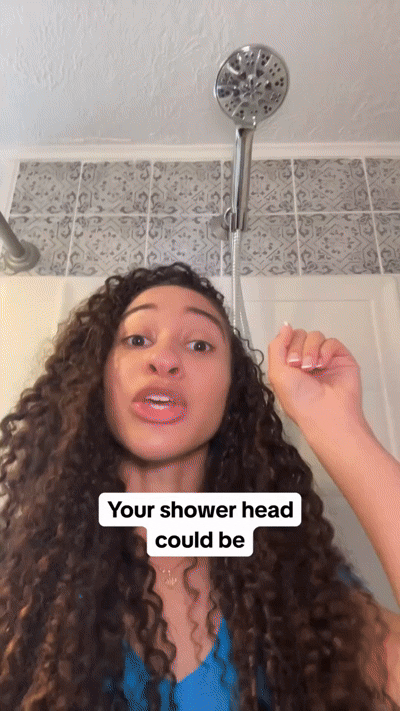- Creative Ad Lab
- Posts
- Psychological Ad Framework Done Right
Psychological Ad Framework Done Right
This ad ends with one of the smartest psychological ad frameworks I’ve seen this year.

I didn’t expect to feel called out by a showerhead ad.
But there I was, halfway through my shower, realizing I might’ve been blaming the wrong thing this whole time.
This ad didn’t try to impress me. No flashy edits. No over-the-top claims.
Just a sharp hook, a believable story, and sneaky-smart psychology that made it feel like this ad knew me.

Watch the ad here: Psychological Ad Framework Done Right
"Your showerhead could be messing up your beauty routine.”
This works because it disrupts mental autopilot.
Our brains are wired to ignore familiar things like showerheads. But when something familiar is painted as a problem, it creates a gap between what we thought and what we’re now hearing.
Open your ad by flipping something normal into the enemy.
Think of habits or products your audience already uses, but show how they might secretly be hurting them.
This taps into the brain’s survival system (what’s wrong? how do I fix it?) and pulls people in without needing flashy visuals or loud hooks.
"My hair was tragic. Dry, frizzy, brittle, you name it.”
This taps into the "identifiable victim effect". We care more about one person’s story than statistics or claims.
When we hear someone describe their struggle, we mentally compare it to our own.
That emotional overlap builds trust. And once the viewer relates to the pain, they’re primed to hear the solution.
Lead with pain. Not in a dramatic way, but in a way that feels real.
People relate to imperfections more than perfection. Describe symptoms or frustrations using the exact words your audience might say to a friend.
We created a system that delivers 30 unique video ads in just 30 days, specifically designed to improve Meta ad performance and scale e-commerce brands. Watch this video to see how we do it.
"Installation is super simple, it only takes a few minutes to set up.”
People think that changing showerheads can be hard and confusing. We assume it won’t be worth the hassle.
On the flip side, if we see how easy it is, our brain fast-tracks approval. The easier something feels to use, the more likely we will say “yes”
Use your demonstration to eliminate doubt. Show the demonstration visually and narratively. Break it down into 3 steps max.
"Thicker hair and clear skin really is as easy as this one simple shower hack. And with a 60-day money-back guarantee, it's totally risk-free.”
This is risk reversal done right. When a decision feels risky, the brain pumps the brakes.
But when you remove the risk and show the reward, it becomes a low-stakes, high-reward action. Our brains love that math.
The phrase “one simple hack” also triggers simplicity bias. We are much more likely to act when the path forward feels small and manageable.
We created a system that delivers 30 unique video ads in just 30 days, specifically designed to improve Meta ad performance and scale e-commerce brands. Watch this video to see how we do it.